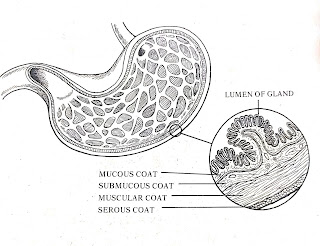Quiz on Colloids, Suspensions and Their Characteristics
Directions: Write the letter of the correct answer. 1.What kind of mixture is formed when oil is mixed with water? a. Solution b. water c. Colloids d. suspension 2.How does suspension appear? a. a. It appears clear. b. It appears cloudy. c.It appears messy. d. none of the above 3.Which of the following statements do not describe a suspension? a. Suspensions are larger particles is visible to the naked eyes. b. Suspensions are particles that settle out when left undisturbed. c. Mixture of soil and water is an example of suspension. d. Suspensions are homogeneous mixture and invisible to the naked eye. 4.What kind of mixture is formed when larger particles settle out when left undisturbed? a. Colloid b. suspension c. Solution d. solvent 5.Which of the following mixtures is not an examp





